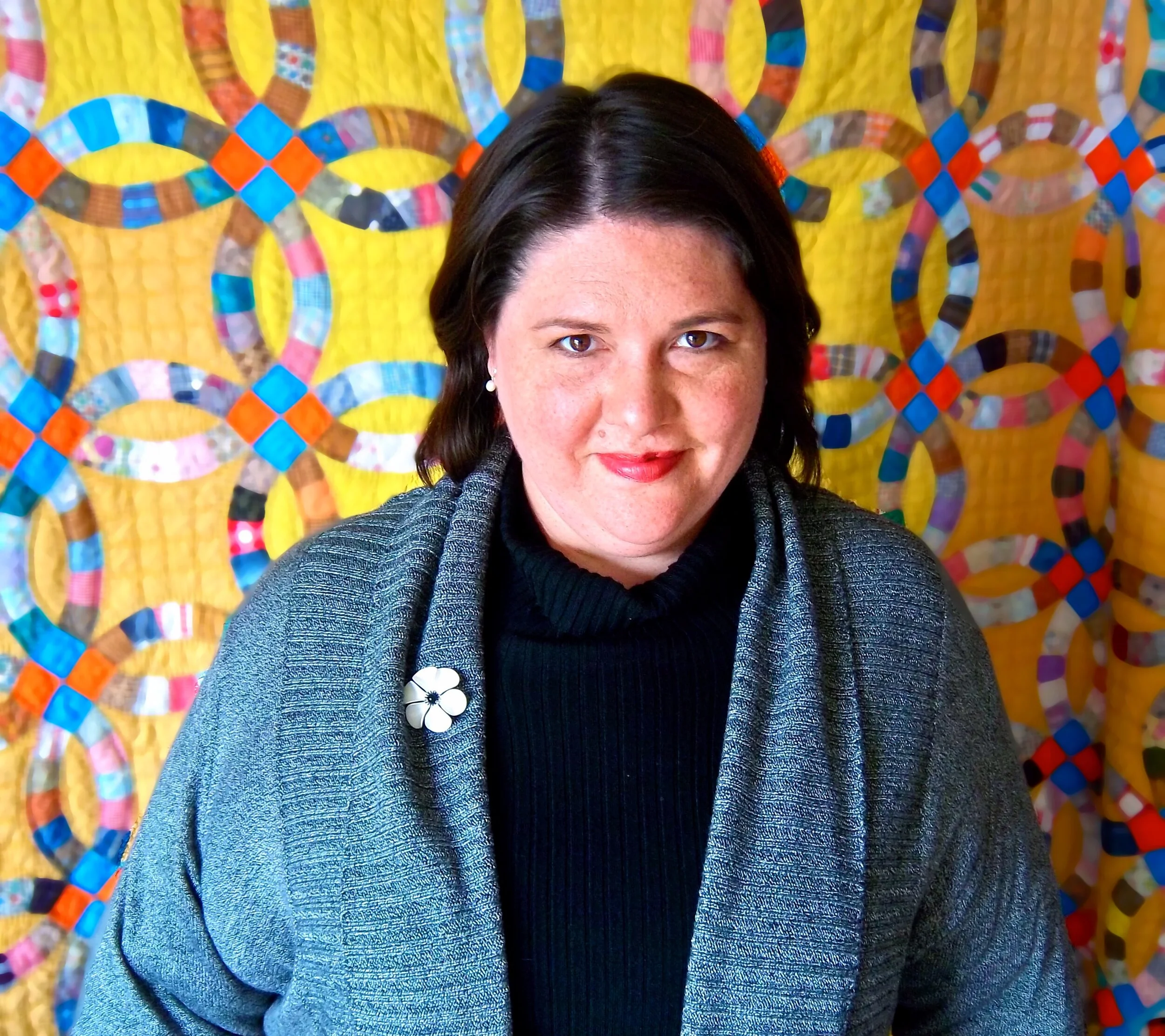Chera Kee
Chera Kee is an Associate Professor of Film & Media Studies in the English Department at Wayne State University in Detroit, Michigan where her work focuses on zombie media and transmedia fandoms. Her article on using zombies as stand-ins for bodies of color, “Good Girls Don’t Date Dead Boys: Toying with Miscegenation in Zombie Films,” appears in the December 2014 issue of the Journal of Popular Film and Television. Her article on the ways in which fan artists explore issues of trauma ignored by canonical texts, “Poe Dameron Hurts So Prettily: How Fandom Negotiates with Transmedia Characterization,” is featured in the December 2017 issue of NANO: New American Notes Online, and her book, Not Your Average Zombie: Rehumanizing the Undead from Voodoo to Zombie Walks was published by the University of Texas Press in 2017.
MIRRORING THE 1980s IN CONTEMPORARY HORROR
There have been a number of horror films and television shows of the past decade, including The Final Girls (2015), and American Horror Story: 1984 (2019), that not only set some or all of their action in the 1980s, but use 1980s horror as an aesthetic template. Exploring two texts that likewise use the 1980s as both setting and stylistic influence, I propose that both Jordan Peele’s film Us (2019) and the Netflix series Stranger Things (2016 – Present) seemingly present a largely apolitical vision of the 1980s where era is imagined through media consumption and branding more than actual historical events: the 1980s as simulacra, not historical moment. Yet, in both cases, the horror of the text is predicated on a heretofore unknown mirror world housing monstrous threats, and in both, this mirror world serves to reimagine the simulacra not as stylistic spectacle but as horrifically real counterpart. I argue that in both Us and Stranger Things these mirror worlds collide with the seeming simulacra of the 1980s to produce not a nostalgic rendering of the past devoid of any meaningful historical commentary, but rather an account of the 1980s as the historical underworld of the present moment.
Us, 2019


